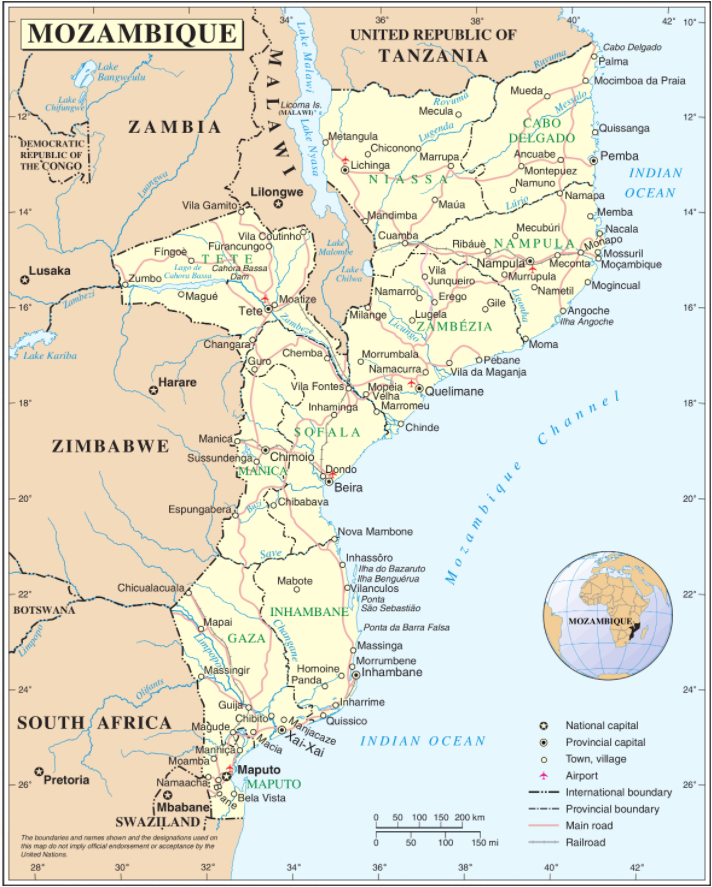Rubies from Mozambique
Common characteristics in rubies produced in Mozambique are:
- A deeper, darker red.
- Appear eye-clean more often than marble-hosted (low iron) stones.
- Lack of fluorescence.
While Thailand is more historically associated with these types of characteristics, since both sources are basalt-hosted (meaning high iron, darker rubies) they are capable of producing similar stones in appearance, inclusions, and chemistry. The Mozambique rubies are also the most widely available of the high-iron rubies.
R7052 | medium | play | “Ruby ID:R7052”
Ruby Mining History

Rubies have been detected in the region as far back as the 1500s, but there was no mining until after Mozambique’s independence from the Portuguese in 1975, then the ensuing civil war, and flooding. Mining actually started in the 1990s, and did not start resembling current output until around 2010.
In 2011, one of Mozambique’s largest mining companies partnered with the British company Gemfields to establish the Montepuez Ruby Mining Company. This effort has produced a streamlined mining process with improved infrastructure, machinery, and security. Mozambique is one of, if not the largest ruby suppliers in the world.
As the area sees increasing interest and a flood of rubies being produced, large scale mining operations have come into conflict with the smaller, artisanal miners and mining staff being brought in from dried-up Thai mining sources.
Montepuez Mine
Of all the mines in Mozambique, the Montepuez mine has the largest reserve of rubies. This is due to the location being an intersection of orogenic belts (think places where gemstones frequently occur) with the Mozambique orogenic belt, and the Himalayan belt. This specific deposit was initially discovered in 2009, with production picking up to large-scale mining in 2011.
Explore the latest market trends in ruby pricing to understand what drives value and demand in today’s gemstone market.
